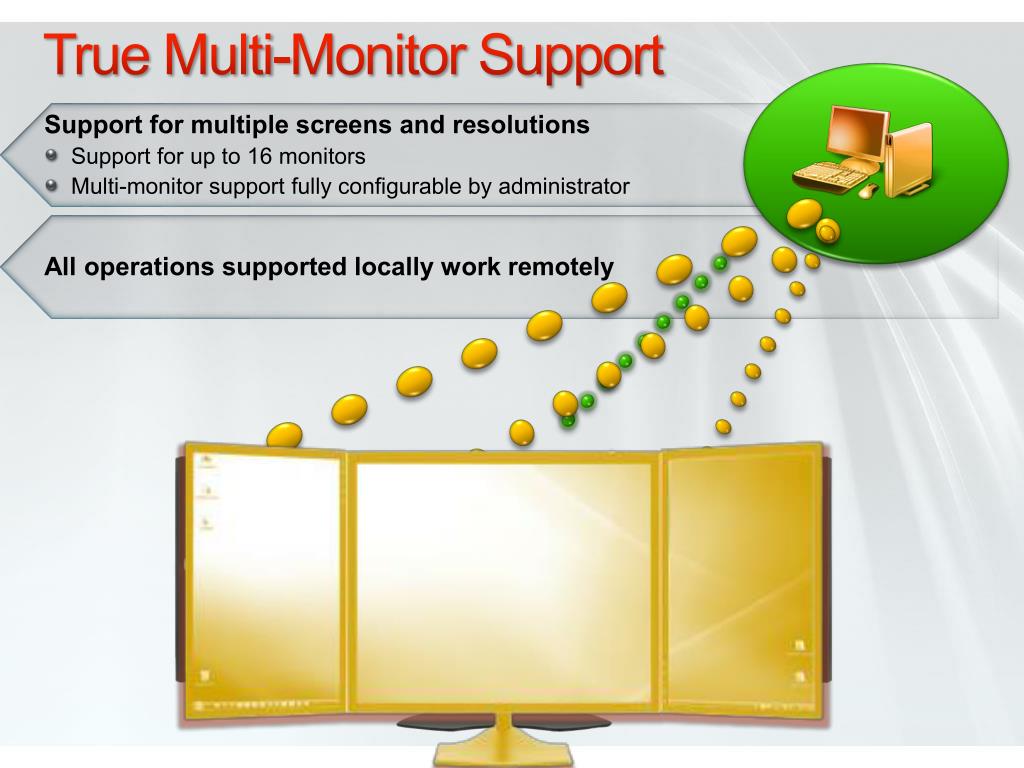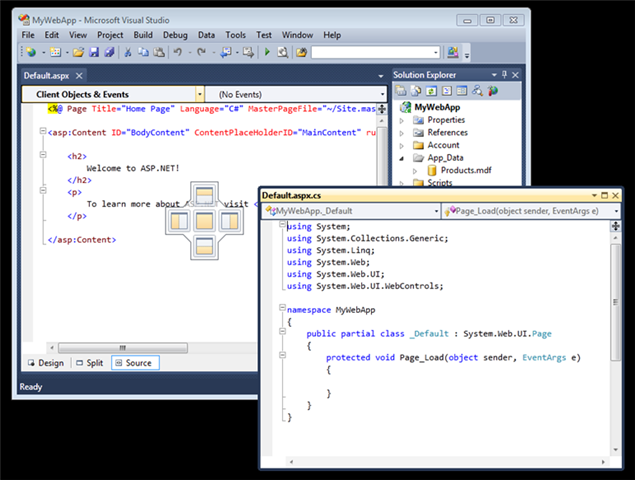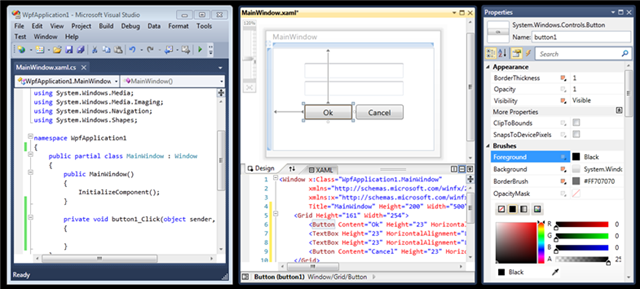

- Multimon your system has no multi monitor support how to#
- Multimon your system has no multi monitor support Pc#
- Multimon your system has no multi monitor support mac#
- Multimon your system has no multi monitor support windows#
Multimon your system has no multi monitor support mac#
For Mac:įor Mac computers, follow this step by step guide from Apple to help you connect a secondary monitor.

Multimon your system has no multi monitor support windows#
If it is still not showing up, then make sure Windows is updated and your graphics card is updated with the latest firmware. If you scroll down to “Multiple Displays”, you can choose if you want to duplicate or extend your display. Make sure your secondary monitor is showing up as a display. You can also search “Display Settings” in the search bar. If you’re using Windows, right click on your desktop and click on “Display Settings”. For PC:įirst you want to make sure your cable is plugged into your graphics card slot and not your CPU. If not, then you’ll want to follow these steps to troubleshoot. As soon as you plug the HDMI/Display Port into your computer, it should show up as a secondary monitor. Photo by Fotis Fotopoulos on Unsplash Dual Monitor Setup: What Else You Need to Know How do I get my computer to recognize a second monitor?ĭepending on the computer you are using, it should be as simple as plug and play. To locate Display settings on Windows, use the following path: Start > Settings > System > Display It will default the Scale and Layout to 100%, and set the appropriate resolution. The first screen it detects becomes the primary monitor, and any additional screens attached become secondary displays. This can be as basic or as advanced as you’d like, since Windows does a great job of handling the set-up automatically. In a dual monitor setup, when your dual monitors are connected, you’ll now want to configure them. Usually there’s a cable for everything! Locate your display settings Information only flows from the DisplayPort end connected to a GPU, to the HDMI input on a display.ĭon’t worry if the second output from the computer doesn’t match any inputs on the second monitor. If you don’t have one handy, you can find a DisplayPort Cable here. One thing to keep in mind with a cable like this is that it’s uni-directional. This requires a DisplayPort to HDMI adapter cable.
Multimon your system has no multi monitor support Pc#
It’s common to have to run DisplayPort from the PC to HDMI on the second monitor. Sometimes, though, you’ll have a mix of available connections between the PC and monitor. You might also be able to run a DisplayPort cable between both devices. If they each have another HDMI connection, you can use that. You’ll again need to determine the output connection from your PC to the input connection on the second display. Repeat this process for your second monitor. By default, the first display connected will be the main one. Windows will automatically detect the display. Take a standard HDMI cable, run one end from the PC’s output, and run the other to your first monitor’s input. HDMI is universal, so you’ll typically find at least one of those inputs on your screen, and one output from the GPU or motherboard. This is a simple output to input connection, where the output comes from the GPU or motherboard, and the input is on the monitor.

The next step is physically connecting both screens to your PC. No matter the type, you’ll just want to make sure you have two available connections on the PC for external displays. Keep the following in mind: if you do have a dedicated GPU in your PC, be sure to only use its outputs for connecting displays - not the motherboard’s. PCs without a GPU process graphics through the motherboard, and you’ll find your monitor connections there instead. You can find various video and graphics card options here. PCs with a dedicated graphics processing unit (GPU) have around four possible connections - some have more, some have less. This means your machine should have at least two HDMI outputs, or one HDMI output in addition to a DisplayPort output.
Multimon your system has no multi monitor support how to#
How to set up dual monitors: Ensure your PC has the proper connectionsĪn important prerequisite for your dual monitor setup is making sure your PC has the correct outputs. Just have a look at our step-by-step guide on how to set up dual monitors on a PC. Consider live streaming, for example, where a dual monitor arrangement is almost a necessity - one screen is reserved for viewer content and an additional screen is useful for learning how to live stream and managing the stream behind-the-scenes. Whatever the case may be, Windows makes it incredibly simple to add additional monitors to your setup.

Having extra screen real estate comes in handy whenever your tasks involve multiple windows and applications running simultaneously. There are a lot of reasons why you’d want to a dual monitor setup for your PC.


 0 kommentar(er)
0 kommentar(er)
